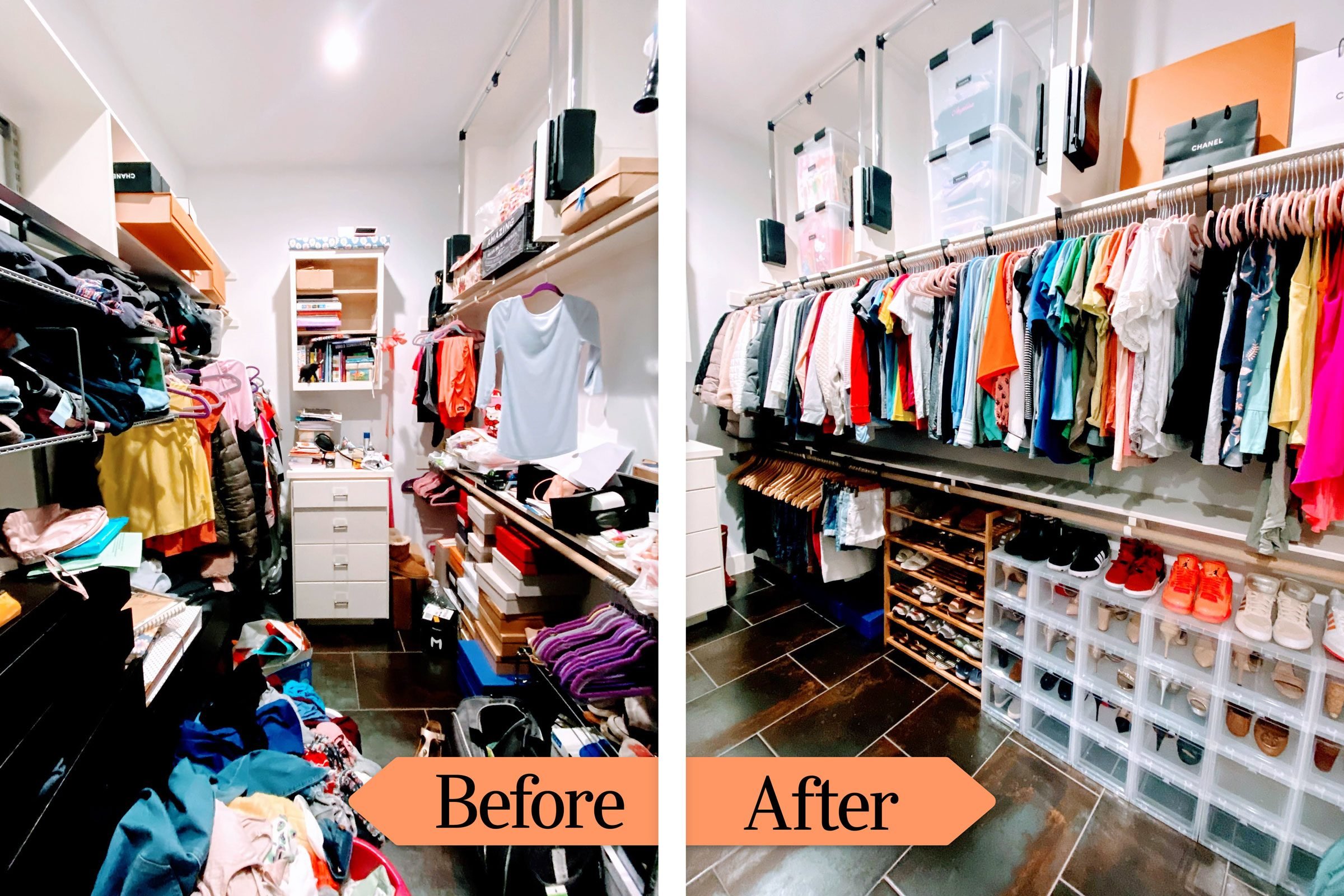
Thanks to StretchThatDollar
With more to take care of at home but less time to tend to all the home things, this summer seemed to me like a good time to take a (literal) crash course in productivity. All of my usual routines and the tried and true ways I kept up with our household of seven had crumbled into a useless heap at my feet because our whole lives were upended in lockdown. I needed a reset.
The tips from the productivity course that stood out most were the micro-level ones that apply across the board, little getting-things-done-mantras that, if they stick, can turn into new automatic ways of doing things no matter what the situation is. Jordan Page’s 10/30 rule is exactly one of these.
What is the 10/30 Rule?
The 10/30 Rule is a mantra that will keep you accountable, motivated to bring every task across the finish line. As a productivity expert, Page touts the benefit of taking “10 extra steps or 30 extra seconds to do it right.”
I love this idea because, when put into practice, it eliminates all the little undone tasks that hang over you, draining your energy with their niggling existence. Whether these things are “invisible” items on your to-do list or whether they are physically visible, being able to call those tasks finished is such a relief.
The best overall outcome of putting this tip into practice has been that my house is, on the whole, much more in order than it was before. For instance, when I take the extra steps or seconds to make a decision about what to do with my worn clothes and then act on it, I don’t have a pile of clothes to go through when it’s time to clean my bedroom. The efficiency makes a visual, mental, and emotional difference and I’ve loved it.
5 Ways to Practice the 10/30 Rule at Home
Here are a few ways I’ve put this tip into practice, which might help you get thinking about ways you can incorporate the 10/30 rule into many aspects of your own life at home
1. Putting things away where they go.
We all know the adage about a place for everything and everything in its place, but putting each thing away in its place can feel like such a drag. So we set the school paper that needs to be signed on the kitchen counter or toss the LEGO man into the junk drawer. The problem is that all these undone tasks and un-put-away items add up.
Taking ten extra steps to put toys in the correct toy basket or signing that paper and sliding it in a backpack keeps your physical and psychological space uncluttered. It’s worth it every single time, and while you may not immediately notice that you’re not surrounded by little undone things anymore, you’ll be happy when you have time to pick up your book in an orderly room rather than search frantically for the field trip permission slip the day it’s due.
2. Saving a copy of important documents.
It feels harder than ever to know what to do with important paper copies of things like report cards or medical records. You don’t feel comfortable tossing originals, yet you know you also want to save it digitally, but you don’t quite have either your digital or physical filing system set up. I’m not (right now) going to tell you to get those systems in order, but I am going to suggest that when you have an important piece of paper, whether it’s a receipt or a car title, that you make a digital copy right then.
Taking those 30 extra seconds will save you time and frustration in the long run. Rather than simply taking a photo that could easily get lost in your camera roll, apps like Dropbox and Evernote allow you to make good quality scans from your phone and add the security of having your sensitive files password protected. When it’s time to pull up the receipt or other paper, simply search for keywords in the file name. Trust me, you’ll thank yourself.
3. Completely finishing the organizing project.
Decluttering and organizing are often recurring tasks, especially if you’re part of a growing family with needs and situations constantly evolving. For instance, in our household, we’re continually rotating through clothes, toys, and supplies that are outgrown and that need to be sorted and either given away or saved for the next kid or the next time it’s going to be used. It feels like we’re always switching around where we keep beach gear, soccer stuff, and arts and crafts supplies. This is just part of life and keeping up with the changing seasons.
But to do it right, as the productivity tip reminds us, requires doing it all the way. This means finishing the last bit of the project, those dregs that are the hardest to deal with because they require a decision or extra cleaning, etc. It also may mean adding that label onto the storage container to quiet the visual noise and the wondering strain that happen when you need to either retrieve something or put something away where it belongs. Lately, I’ve been forcing myself to finish these re-organizing projects to their completion. I whip out the label maker or take the extra steps to put the donation bag in the van so that it actually gets dropped off rather than mixed up with other things in the garage.
4. Keeping the kitchen clean.
With many, many more meals being prepared and eaten at home in recent months, I’ve become a stickler about this one. A mug or butter knife in the sink didn’t matter much when only my husband and I were at home during the day (we’ve both worked exclusively from home for years, even prior to the pandemic), but a dirty dish in the sink these days turns to a mountain of dirty dishes in a flash. But it only takes an easy 30 seconds to do it right. Washing the mug or putting the dirty dishes in the dishwasher is an investment in a kitchen that, with everyone on board and a bit of luck, stays in order throughout the day, and most importantly, is clean and ready to roll when it’s time to cook dinner.
5. Checking budgeting discrepancies in the moment.
One of the many perks of keeping up with a budget is being able to catch when something goes awry. My family has used YNAB for years, and I used to just jot down things I needed to look into once I was done with my budgeting session. But I found that by the time I finished, I’d either give myself a break and forget about seeing where that mystery charge came from or put it off until later and end up with an overwhelming, grouch-inducing list of really boring things to look into. Now, instead, I open up the account in question and take a closer look or ask my husband on the spot (or email him if he’s working) what a certain charge was for. This keeps my budget in order, saves me money, and allows me know that I’m completely finished when I close my budgeting app after a session.






